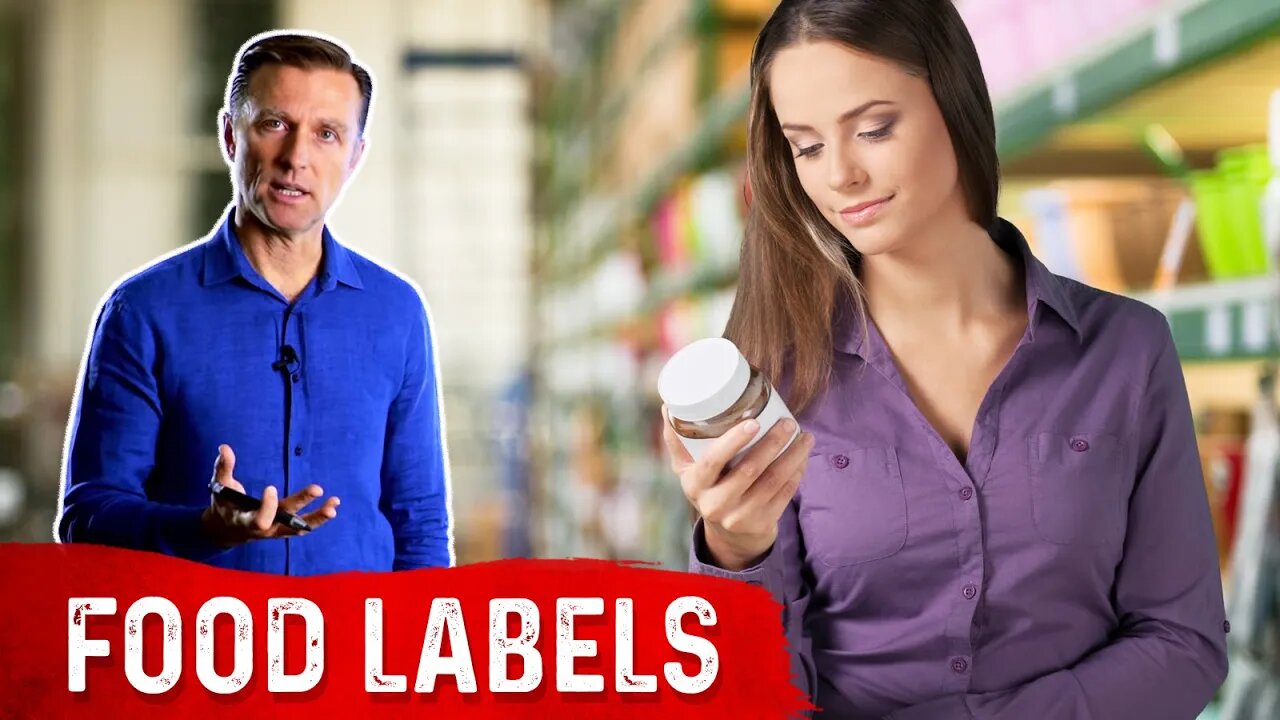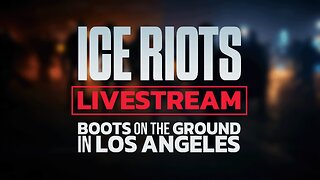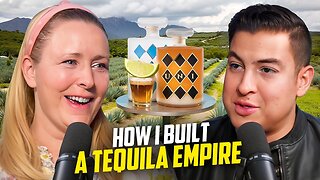Premium Only Content

Stop Being Tricked Reading Food Labels
Are you consuming hidden carbs without knowing? Here’s what you need to know about reading food labels.
Timestamps
0:00 Tricky food labels
0:20 Understanding food labels
6:50 Bulletproof your immune system *free course!
When you’re on a ketogenic diet, one of the most important things is to read and understand labels. This video will give you some basics on the most important things to look for on a food label.
You’ll see the nutrition facts on the label, including the serving size and servings per container or unit. The entire label is based on the serving size, not the servings for the entire container. If you eat more than the serving size, you have to multiply the number of servings you consumed by the amount of sugar or carbs on the label to get the real amount of sugar or carbs you consumed.
Sugar, total carbs, and fiber are important to look at. You have to take away the fiber from the total carbs to get the net carbs (total carbs - fiber = net carbs). Fiber doesn’t spike insulin. You want the sugar to be as low as possible.
When you do keto, you want to keep your net carbs between 20-50g per day. But, the type of carbs is also important. You don’t want to get your carbs from something that is high on the glycemic index. You want low-glycemic carbohydrates.
A few ingredients to avoid:
• Maltodextrin
• Dextrose
• Corn fiber
• Tapioca
• Wheat
• Gluten
• Sugar
When it comes to the ingredients at the bottom of the label, the first ingredient is typically the majority of the product.
Something else to keep in mind is that modified food starch is MSG. Also, if something says “olive oil (or soy, canola, coconut, cottonseed oil),” they now have the option to use whatever oil they want.
Dr. Eric Berg DC Bio:
Dr. Berg, age 58, is a chiropractor who specializes in Healthy Ketosis & Intermittent Fasting. He is the author of the best-selling book The Healthy Keto Plan, and is the Director of Dr. Berg Nutritionals. He no longer practices, but focuses on health education through social media.
DR. BERG'S SHOP: http://shop.drberg.com/
Follow us on FACEBOOK: https://fb.me/DrEricBerg
Send a Message to his team: https://m.me/DrEricBerg
ABOUT DR. BERG: https://www.drberg.com/dr-eric-berg/bio
Disclaimer:
Dr. Eric Berg received his Doctor of Chiropractic degree from Palmer College of Chiropractic in 1988. His use of “doctor” or “Dr.” in relation to himself solely refers to that degree. Dr. Berg is a licensed chiropractor in Virginia, California, and Louisiana, but he no longer practices chiropractic in any state and does not see patients so he can focus on educating people as a full time activity, yet he maintains an active license. This video is for general informational purposes only. It should not be used to self-diagnose and it is not a substitute for a medical exam, cure, treatment, diagnosis, and prescription or recommendation. It does not create a doctor-patient relationship between Dr. Berg and you. You should not make any change in your health regimen or diet before first consulting a physician and obtaining a medical exam, diagnosis, and recommendation. Always seek the advice of a physician or other qualified health provider with any questions you may have regarding a medical condition.
#keto #ketodiet #weightloss #ketolifestyle
Thanks for watching! I hope this helps you better understand how to read food labels.
-
 5:47
5:47
Dr. Eric Berg
18 days agoThe Big Magnesium MISTAKE 50%+ People Are Making
8.53K13 -
 LIVE
LIVE
Badlands Media
9 hours agoDevolution Power Hour Ep. 362
7,928 watching -
 4:21:19
4:21:19
Steven Crowder
12 hours agoLIVE: LA Riots Coverage | Boots on the Ground!
608K490 -
 2:23:18
2:23:18
Inverted World Live
3 hours agoAlien Caskets in Antarctica | Ep. 57
17.4K3 -
 2:32:50
2:32:50
TimcastIRL
4 hours agoTrump To Deploy ICE Tactical Units Across US As LA Riots WORSEN, HUNDREDS Arrested | Timcast IRL
110K57 -
 LIVE
LIVE
ZerrickGaming
6 hours agoPlaying Tainted Grail! Lets Explore this cursed land!
381 watching -
 LIVE
LIVE
I_Came_With_Fire_Podcast
14 hours agoRIOT SEASON IS BACK! | CCP Smuggler 2.0 | Texas Going Blue? | China Trade Talk
542 watching -
 1:00:41
1:00:41
Omar Elattar
6 hours ago“I Was Homeless On NYC Streets!” - Tequila CEO Shares Her Multi-Million Dollar Story
55.3K4 -
 1:51:20
1:51:20
The Pascal Show
3 hours ago $1.76 earnedRIOTS NATIONWIDE?! Anti-ICE Protests Throughout The Country! LA, NYC & More Absolute Chaos!
36.1K2 -
 27:54
27:54
Stephen Gardner
8 hours ago🔥RFK Jr. makes SHOCKING ANNOUNCEMENT!
69.5K33